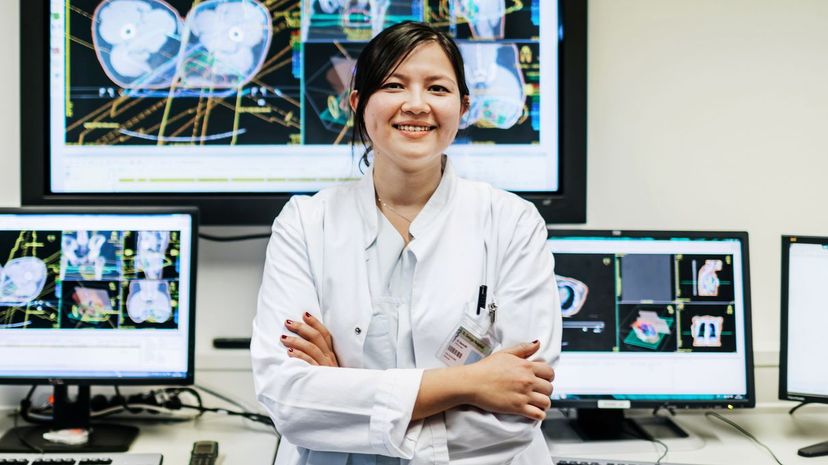
About This Quiz
We learn quite a bit about the various sciences during our schooling. Even when you get to college, you have to take at least two science courses to fill prerequisites, regardless of your major. Knowing the fundamentals of science can help you throughout your everyday life. If you know that every action has an equal and opposite reaction, you know what's happening when your cat knocks something off the counter for fun. You may even know that ice is the solid form of water molecules, but we may ask you why it floats.
You don't necessarily have to be a science whiz or a person full of "useless" facts to pass this quiz, but you may have to remember a few things from grade school. We're going across the scientific board here. There will be questions on everything from Earth science to physics, with a little biology thrown in there as well.
If you think you have the basics of science down, you might not have a problem acing this quiz. But can you do it in less than seven minutes? The pressure is on, and the clock is ticking. Let's see how fast you can answer these basic science questions.
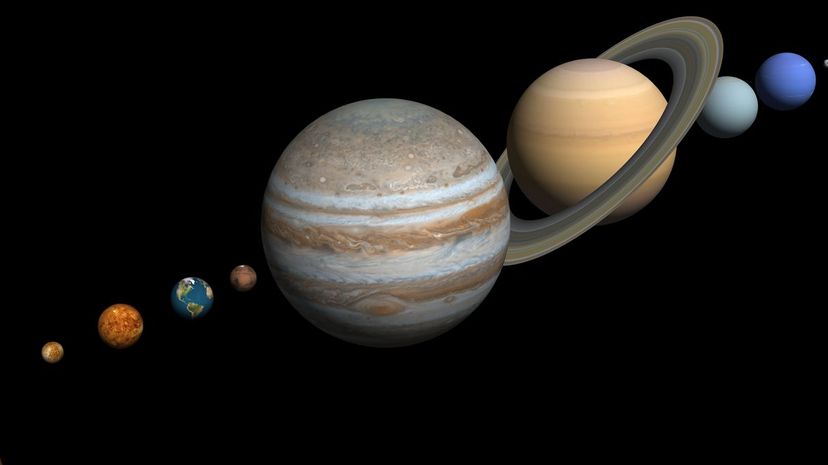
Those of us who grew up learning that Pluto was the ninth planet in our solar system were shocked to learn that it was going to be knocked down a classification. However, the size and functionality of the ball of ice proves that it shouldn't be considered a planet at all.
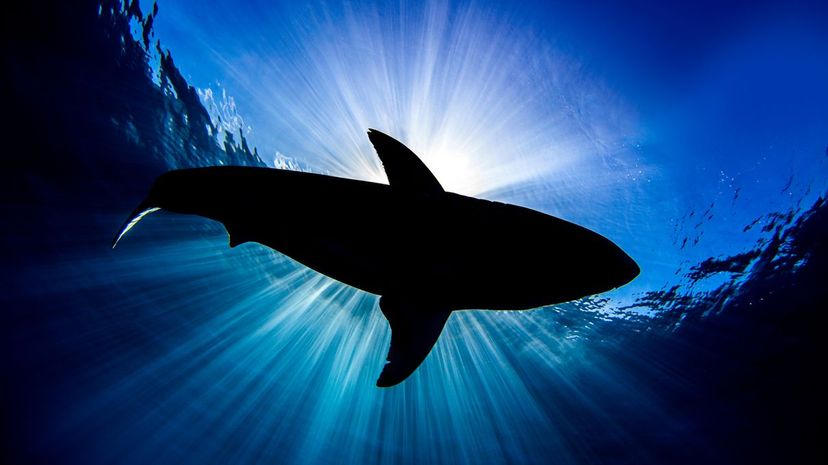
There are no bones in a shark's body. As a matter of fact, the majority of a shark's structure comes from cartilage. Though it lightens up the shark, it makes studying ancient sharks very difficult, as there are few remains.
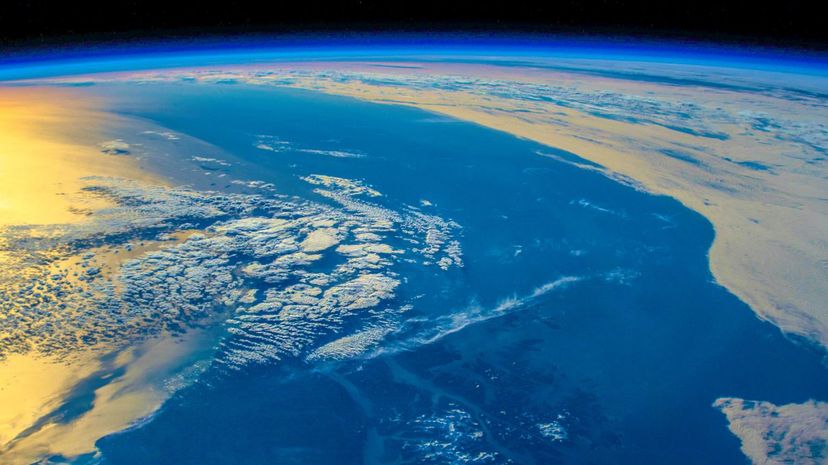
Scientists estimate that the core of the Earth is made out of a nickel-iron alloy that is so hot, it is in a liquid state. This dense, hot core has been there since the Earth was first made. While the surface of the planet has cooled, the core has not.
Advertisement
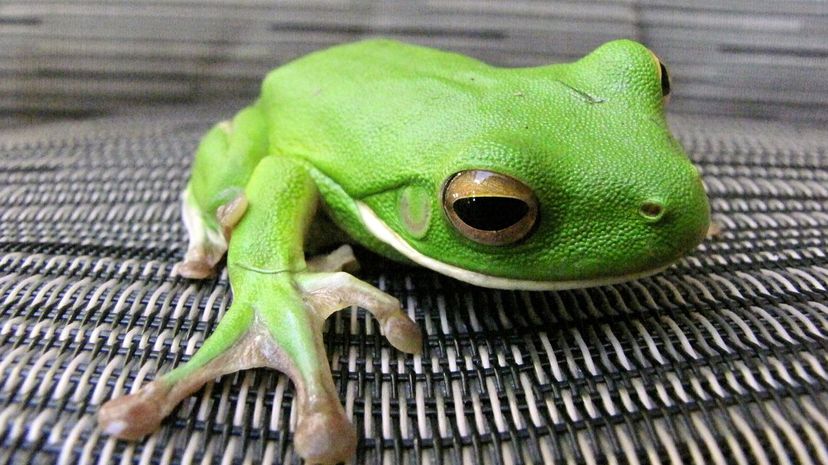
Amphibians are vertebrates that can live in both water and on land. They are found in various types of ecosystems, from fresh water lakes to forest floors. They are very versatile creatures.
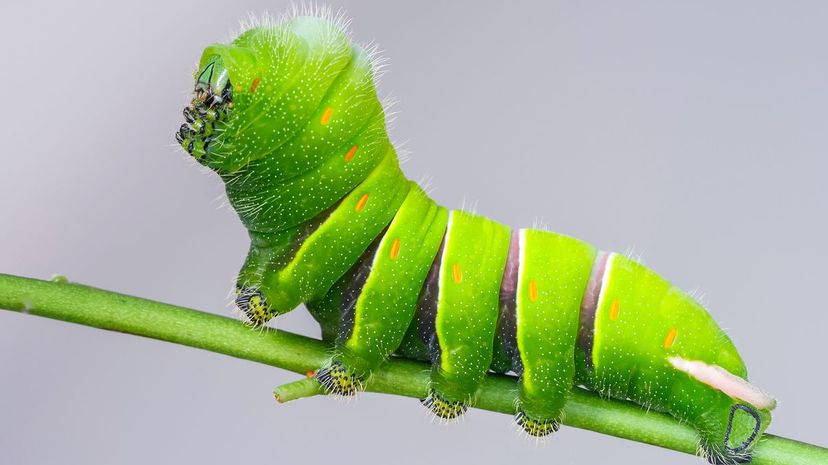
The stages of insects are all a little different. However, we all know that caterpillars turn into butterflies, but the stage of life when they're worm-like (caterpillars) is called the larva stage. When they're in transition, its the pupa stage, and when they're butterflies, they're in the adult or reproductive stage.

Hydrogen is the lightest chemical element in nature. It is also the most abundant chemical in the entire universe. As a matter of fact, it is found in around 75% off all mass, and there's a lot of mass out there.
Advertisement
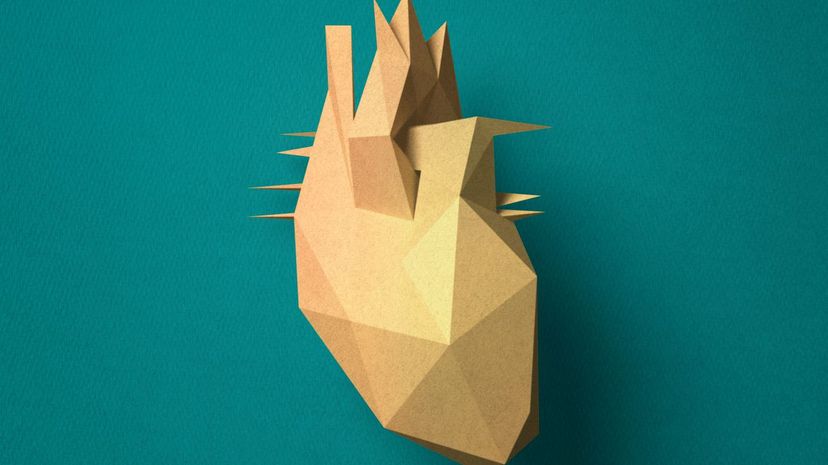
Of the vital organs (organs that are necessary for life), the heart is the one that pumps blood to every other organ in your body. This allows your body to disperse oxygen to sustain life and health.
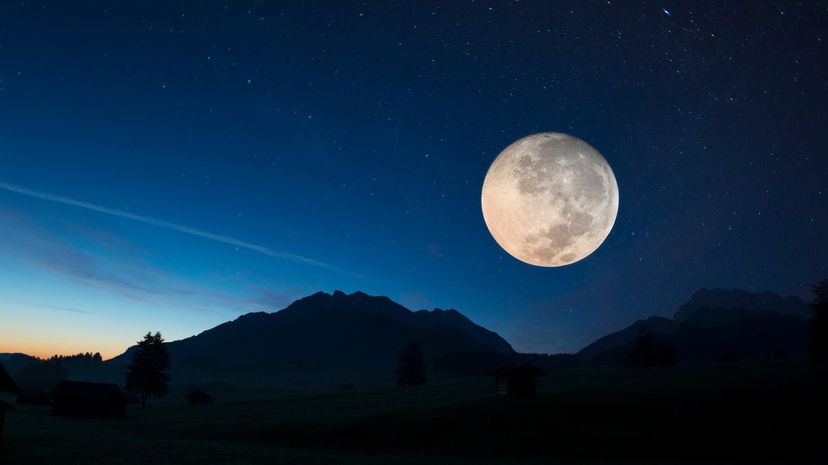
The moon orbits the Earth, and the Earth orbits the sun. Through the forces of gravity, these orbits are relatively consistent throughout the months and years that go by. The moon's orbit helps regulate the tides on Earth.

A father's sex cells (sperm) carry the X or Y chromosome that determines a baby's gender. However, recent studies have shown that sexual mutations (that's the scientific term) are more common than we once thought, giving multiple X chromosomes to children. These often go unnoticed (physically).
Advertisement
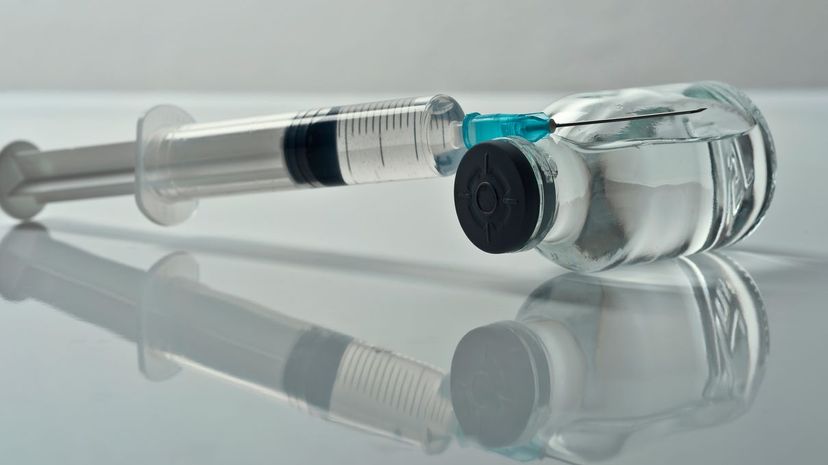
Antibiotics cannot kill viruses. In fact, they can kill the good bacteria in your body that fights viruses. This is why some people who take antibiotics get sicker when they have a virus.
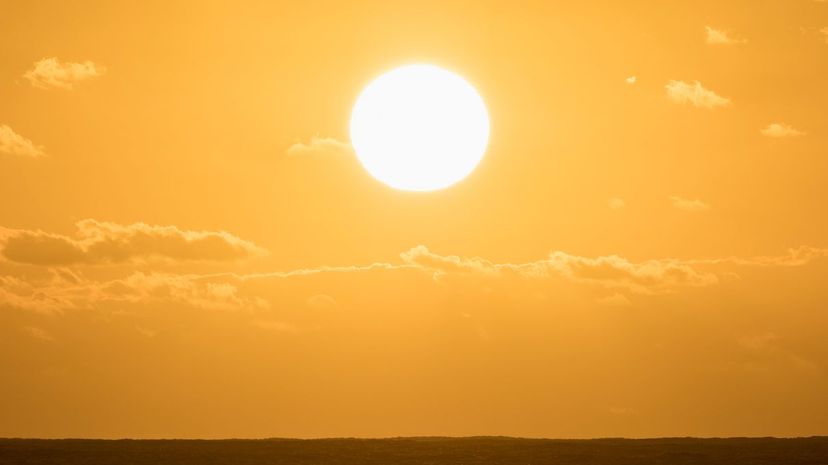
There are hundreds of phobias, with several new ones becoming more common as the world changes. "Helio" means sun, and "phobia" means fear. To be heliophobic means you are afraid of the sun.
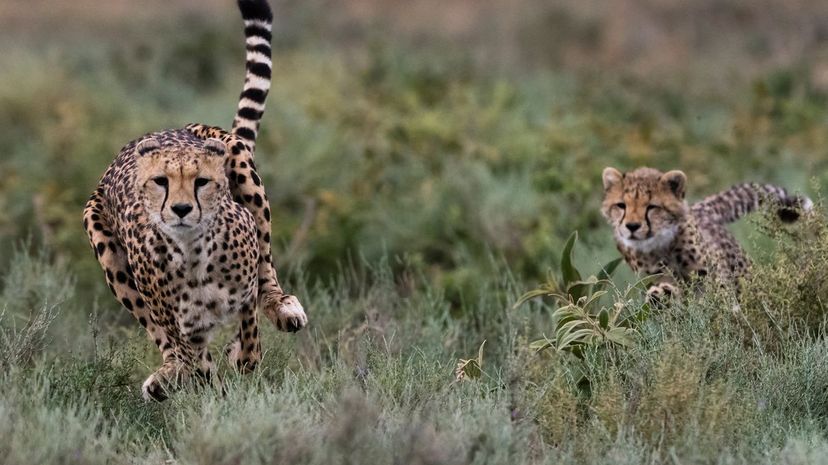
Cheetahs are the fastest land mammals that have ever been recorded. They can run over 70 miles per hour, but they can only do so for short spurts. Their bodies start to overheat, and if they run too fast for too long, they can get brain damage.
Advertisement

The atmosphere is like a blanket covering the Earth and protecting it from the sun's radiation. Because the atmosphere is made up of various elements and molecules, when the light of the sun passes through it, the blue color comes through.
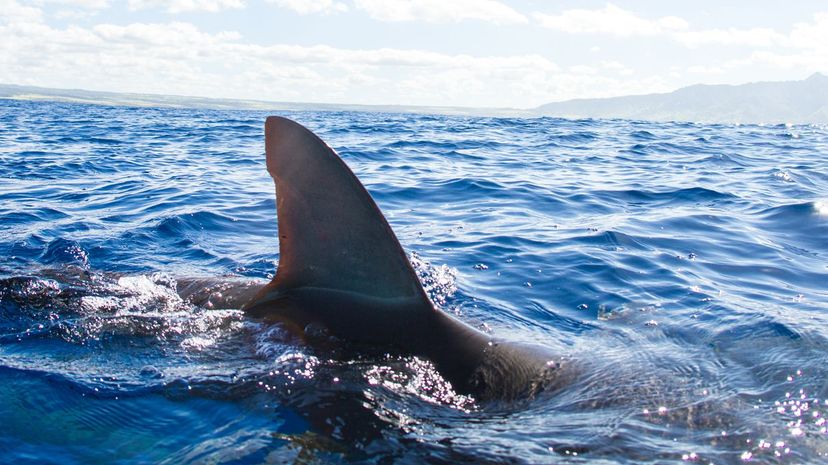
Sharks are the only ones on this list that do not give birth to their young, do not have hair and breathe through gills. Mammals generally have fur or hair, breathe with the use of lungs and give birth to their offspring.

The migratory patterns of most bird species can be studied along with weather patterns. Birds tend to fly to warmer climates in the winter because there is more food available to them, and they don't really hibernate.
Advertisement
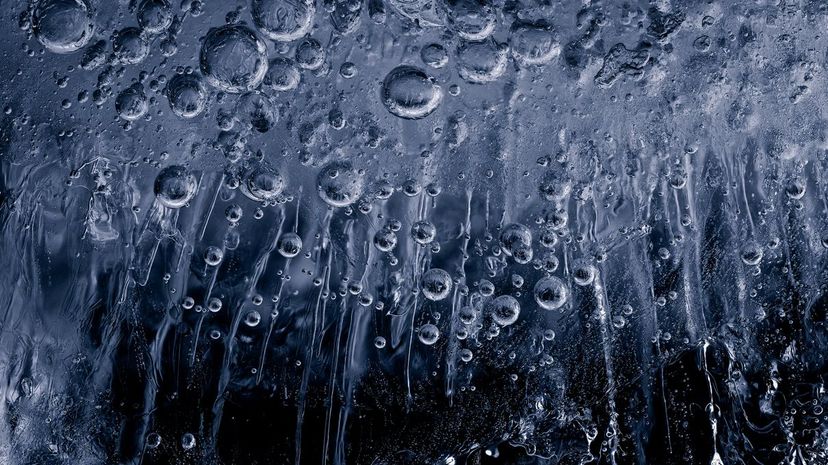
Every element has a solid, liquid and gas state. Though some elements are more difficult to get into the various states of matter, others are necessary for human survival, such as oxygen in its gas form.
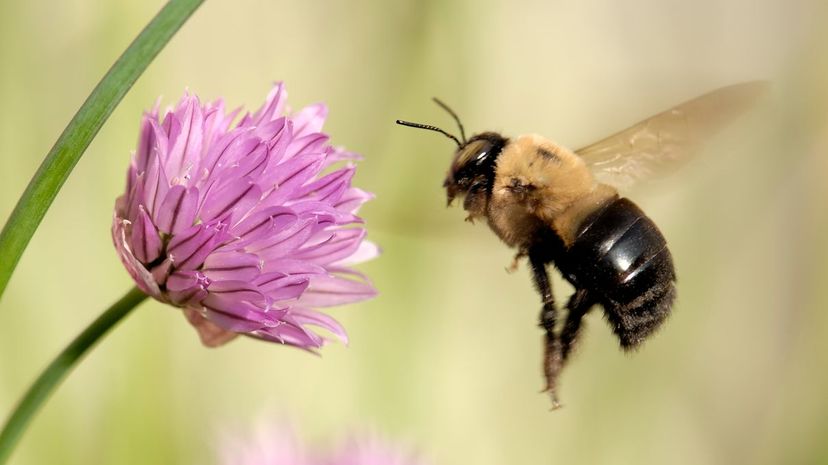
It's a lot of work to continuously give birth to your offspring. Additionally, within a hive, bees have different jobs. There are some bees that simply are put on this planet to feed the queen, so she can make more bees.
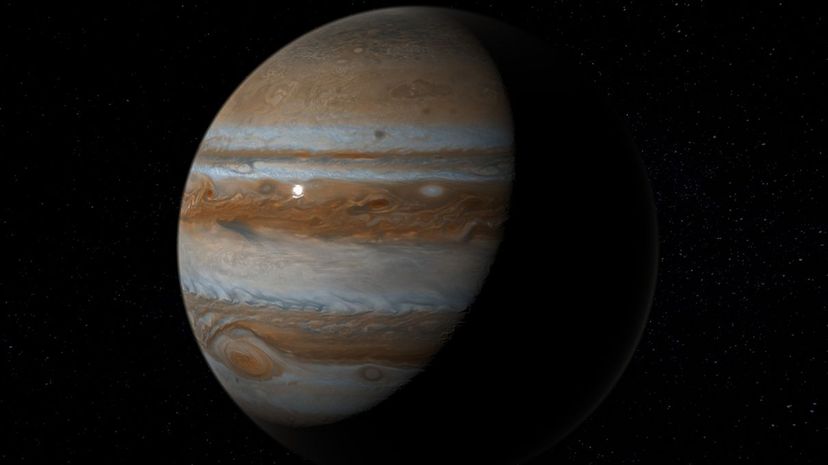
There is a theory that gas giant planets had the makings to become stars, but they just didn't make it all the way. However, if Jupiter had become a star, the Earth wouldn't exist as it does today.
Advertisement

Light is much faster than humans and airplanes, and it's even faster than sound. This is why we measure very long distances by light-years. This is how many years it would take to reach a place if you were traveling at the speed of light.
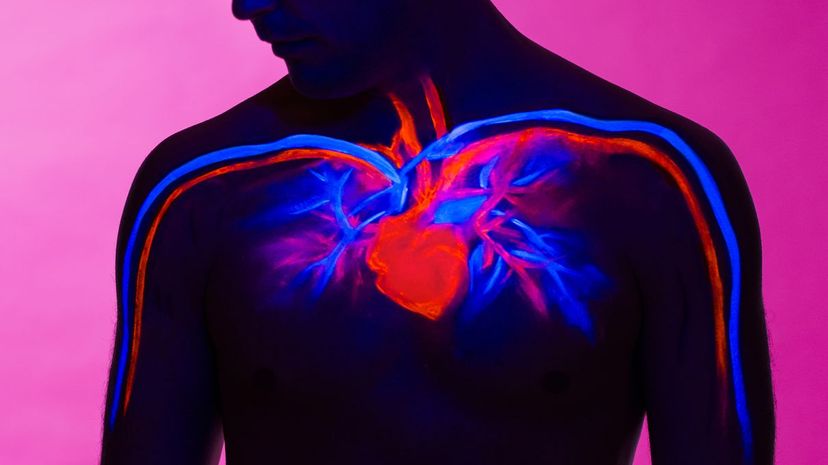
The human heart has four valves. These valves include the mitral valve, tricuspid valve, aortic valve and pulmonary valve. Each of these valves function as a means of moving blood and oxygen throughout the body.

Clouds are made up almost completely of water and dry air. They also include ice particles. Clouds don't form perfect or consistent shapes because the water droplets vary in size.
Advertisement

In Centigrade, water freezes at 0 degrees. However, in Fahrenheit, it freezes at 32 degrees. Once water freezes, it changes from its liquid form to its solid form. it also expands.
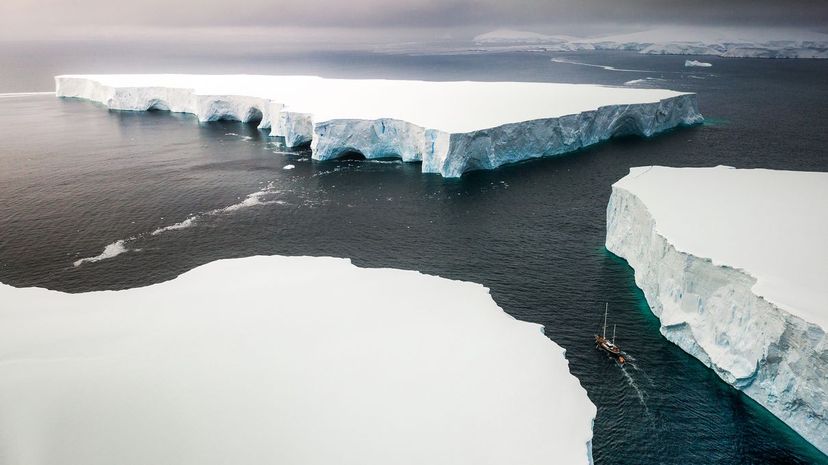
Frozen water (ice) is around 9% less dense than water in its liquid form. As the water expands, it becomes lighter by area, making it float above liquid water. If frozen water didn't float, the Earth would be mostly frozen over.
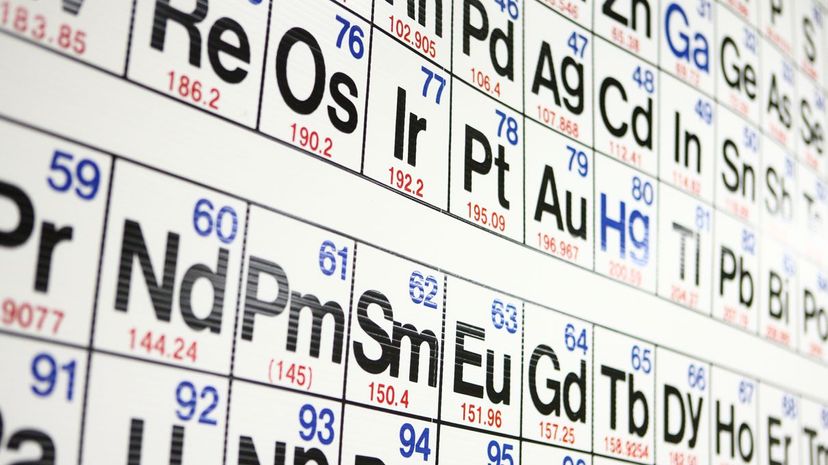
There are currently 118 elements on the periodic table. Each of them is labeled by its atomic weight, from the lowest to highest. They are separated by color into groups that include metals and noble gasses.
Advertisement
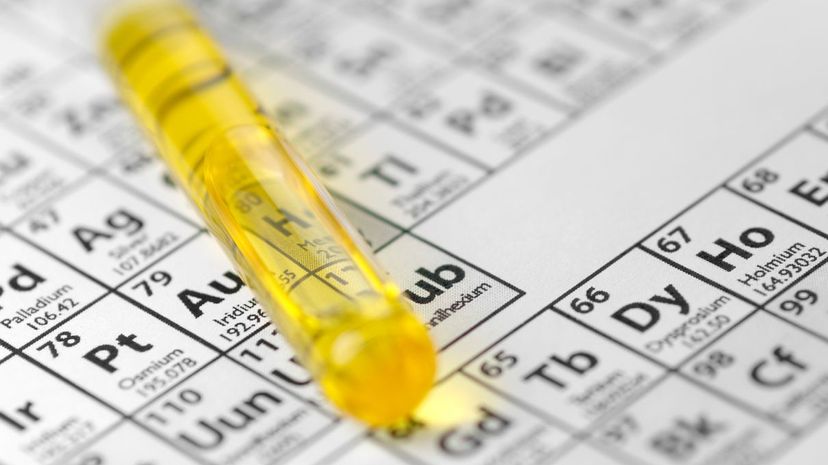
Scandium is a metal, while neon, helium and xenon are noble gasses. The noble gasses have similar properties. They are all odorless and colorless. There are six noble gasses, including krypton, radon and argon, in addition to the three mentioned above.
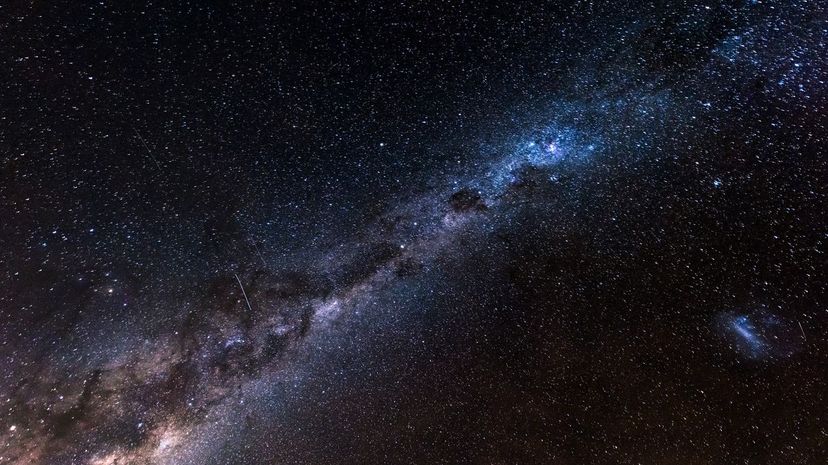
The Milky Way Galaxy has over 200 billion stars in it, and there is enough matter in the galaxy to make billions more stars. Our solar system isn't even close to the center of the Milky Way, which is about 30,000 light-years away.
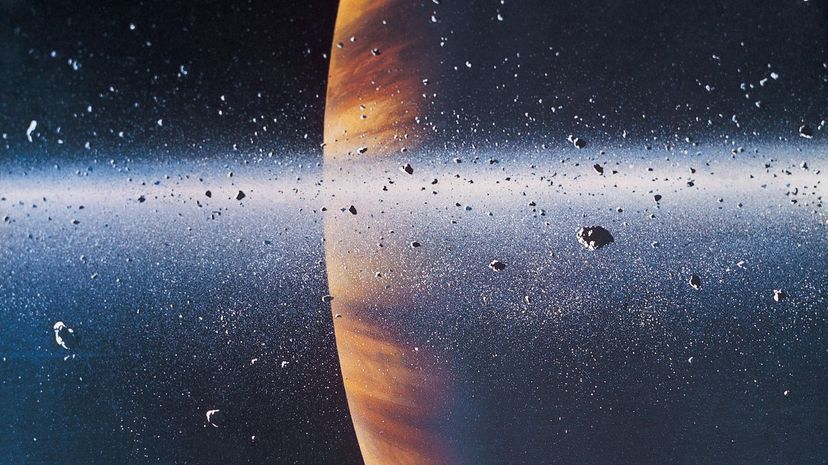
Thus far, Saturn has 62 confirmed moons. It took scientists and NASA quite a long time to figure out how to determine the difference between one of Saturn's moons and debris from Saturn's rings. However, Saturn's moons all have specific orbit patterns.
Advertisement
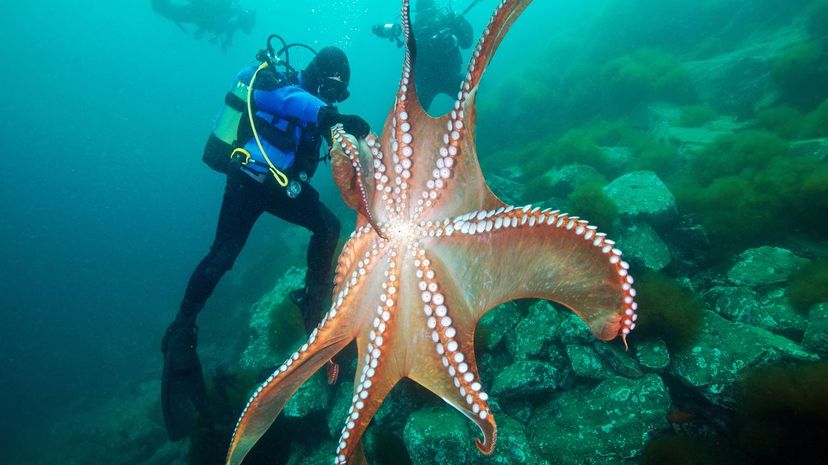
Invertebrates are generally smaller animals and bugs. These creatures generally have different methods of protection, such as exoskeletons that keep them formed, so they don't look like they're made of jelly.
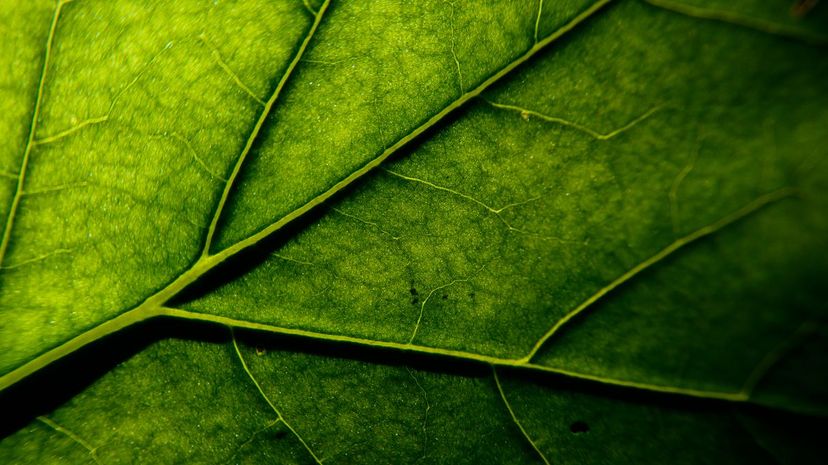
Botany is a subset of biology that focuses directly on plant life and changes. This science is very important to studying the changes in the Earth's climate and adaptation to such changes.
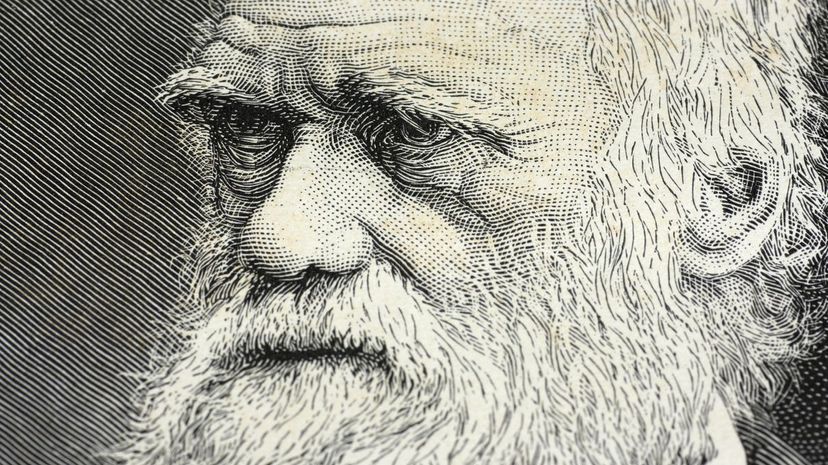
Charles Darwin is well-known for his studies on how animals adapt to survive. He published his evolutionary theory with Alfred Russel Wallace as well as creating "On the Origin of Species" (1859).
Advertisement

Rabbits have wide-set eyes, giving them a much bigger scope of sight. Additionally, many birds (like eagles and parrots) can do the same thing. This helps protect them from predators.
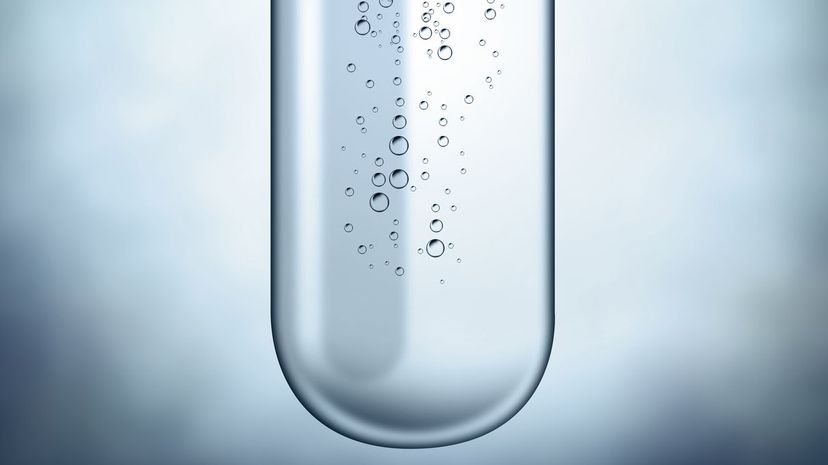
When something is dissolved in something else, it is called a solution. However, the solid substance must fully dissolve into the liquid in order to be called a solution. Solutions are made in labs to help create proper experiments.

Melanin is the pigment that determines skin color in humans. It is also found in hair and in the iris of the eye and creates the color of those as well. While this is normally a genetic trait, mutations can occur.
Advertisement

Robert Hooke discovered and named the human cell in 1665. It got its name based on its resemblance to a small room that monks lived in known as a cellula. The first cell Hooke saw was that of a cork plant.